India’s Diversity in Culture, Language & Tradition For Grade 3
India is often called the “Land of Diversity” because of its variety in culture, languages, festivals, food, and traditions. It is like a giant bouquet where each flower is unique and beautiful. This diversity makes India special & teaches us how to live together peacefully, despite our differences.
In this lesson, we will explore the richness of India’s diversity, learn real-life examples, discover fun facts, and understand why it is so important to celebrate & respect differences.
What is Diversity?
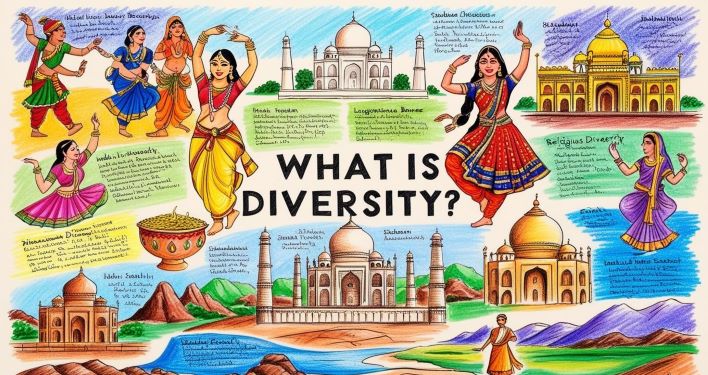
Diversity means having many different kinds of things in one place. In India, this includes:
-
Cultural Diversity: Different festivals, dances, & traditions across the states.
-
Linguistic Diversity: People in India speak hundreds of languages.
-
Religious Diversity: Many religions, such as Hinduism, Islam, Christianity, Sikhism, and Buddhism, are followed here.
-
Geographical Diversity: India has mountains, deserts, rivers, forests, & seas.
-
Clothing and Food Diversity: Different regions have unique clothes and food that reflect their culture & climate.
How Does India Show Diversity?
1. Festivals of India
India celebrates a variety of festivals throughout the year. For example:
-
Diwali is the festival of lights celebrated across the country.
-
Eid is celebrated with delicious feasts & prayers.
-
Durga Puja is grandly celebrated in West Bengal with colorful decorations and music.
-
Onam is a harvest festival celebrated in Kerala with flower rangolis & boat races.
Even though these festivals are different, they bring people together to celebrate happiness.
2. Languages of India
India is home to 22 official languages, including Hindi, Bengali, Tamil, Telugu, Gujarati, and Punjabi. Each state has its own language. For example:
-
People in Maharashtra speak Marathi.
-
People in Tamil Nadu speak Tamil.
-
People in West Bengal speak Bengali.
When we visit different states, we get to hear & learn new words, making our experience even more exciting.
3. Clothing in India
Depending upon the state in India the traditional clothes changes. For example:
-
Sarees: No two states wear the sarees in the same way - the Banarasi sarees in Uttar Pradesh or the Kasavu sarees in Kerala.
-
Dhoti and Kurta: In many states, including Bihar and West Bengal, men wear dhoti & kurta.
-
Ghagra Choli: Rajasthan ghagra choli comes with colorful designs.
The weather, culture & lifestyle of the people find expression through these clothes.
4. Food in India
India is known for its wide variety of food.
-
South Indian Food: The entire country loves dosas, idlis & sambar.
-
North Indian Food: Loved for its parathas, butter chicken and paneer fare.
-
Eastern India: People like to have sweets like rasgulla,sandesh etc.
-
Western India: Renowned are dishes such as dhokla and thepla from Gujarat.
Food in India varies by region, but is always rich in flavor & spices.
5. Dances of India
India’s dances are yet more demonstration of its diversity.
-
Classical Dances: Bharatnatyam, Kathak, Odissi & Kuchipudi–when performed, are classical forms of dance often performed by various dancers during festivals or celebrations.
-
Folk Dances: Bhangra from Punjab, Garba from Gujarat, Bihu from Assam, these are the dances full of energy & colors.
Real-Life Examples of India’s Diversity
Different Festivals in One Classroom:
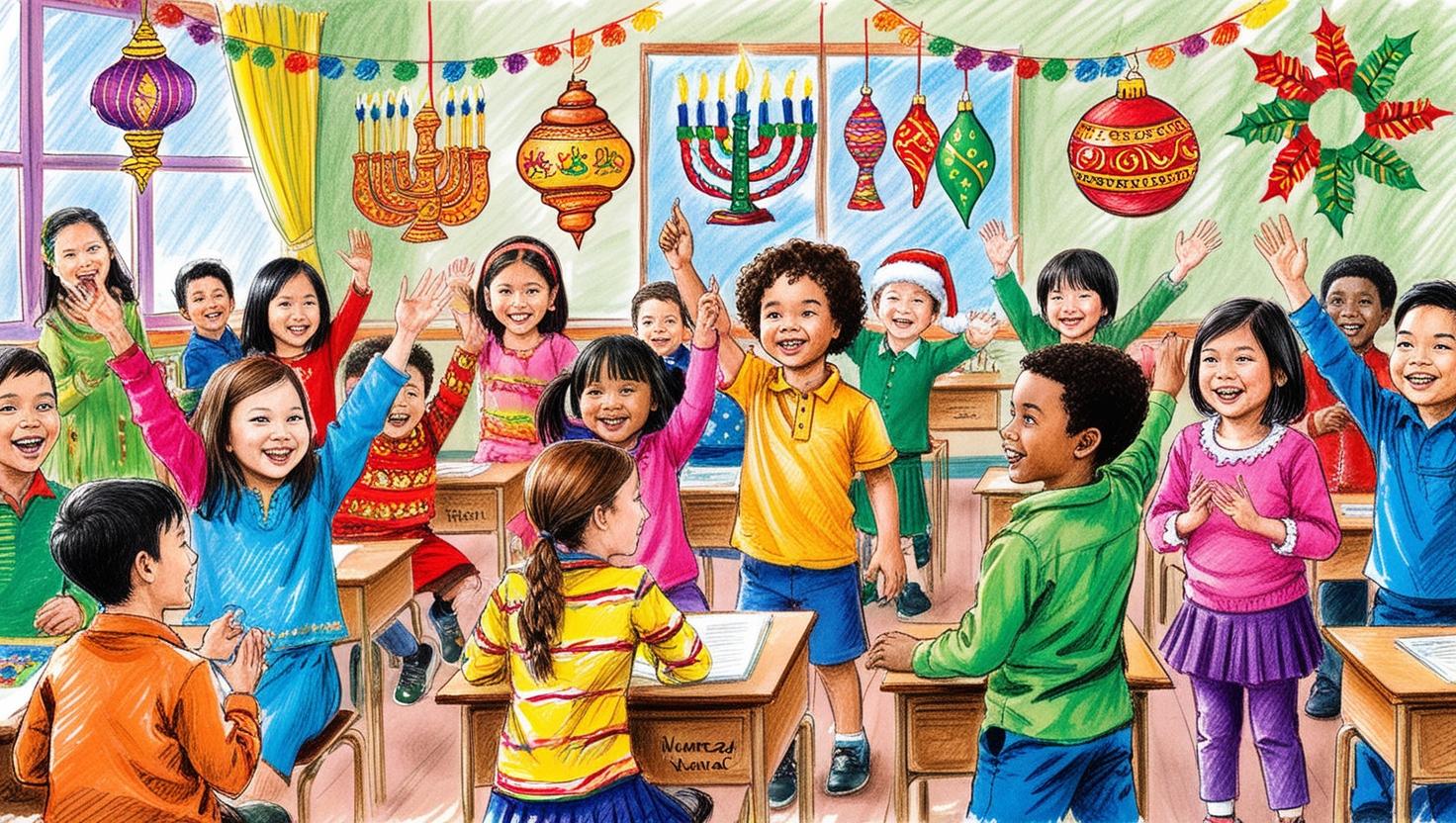
Riya’s friends in her classroom, celebrate different festivals. Riya likes Durga Puja, Aryan loves Ganesh Chaturthi and Sara celebrates Eid. Everyone celebrates each other’s festivals, and share sweets & stories through these festivals.
Variety of Food at a Wedding:
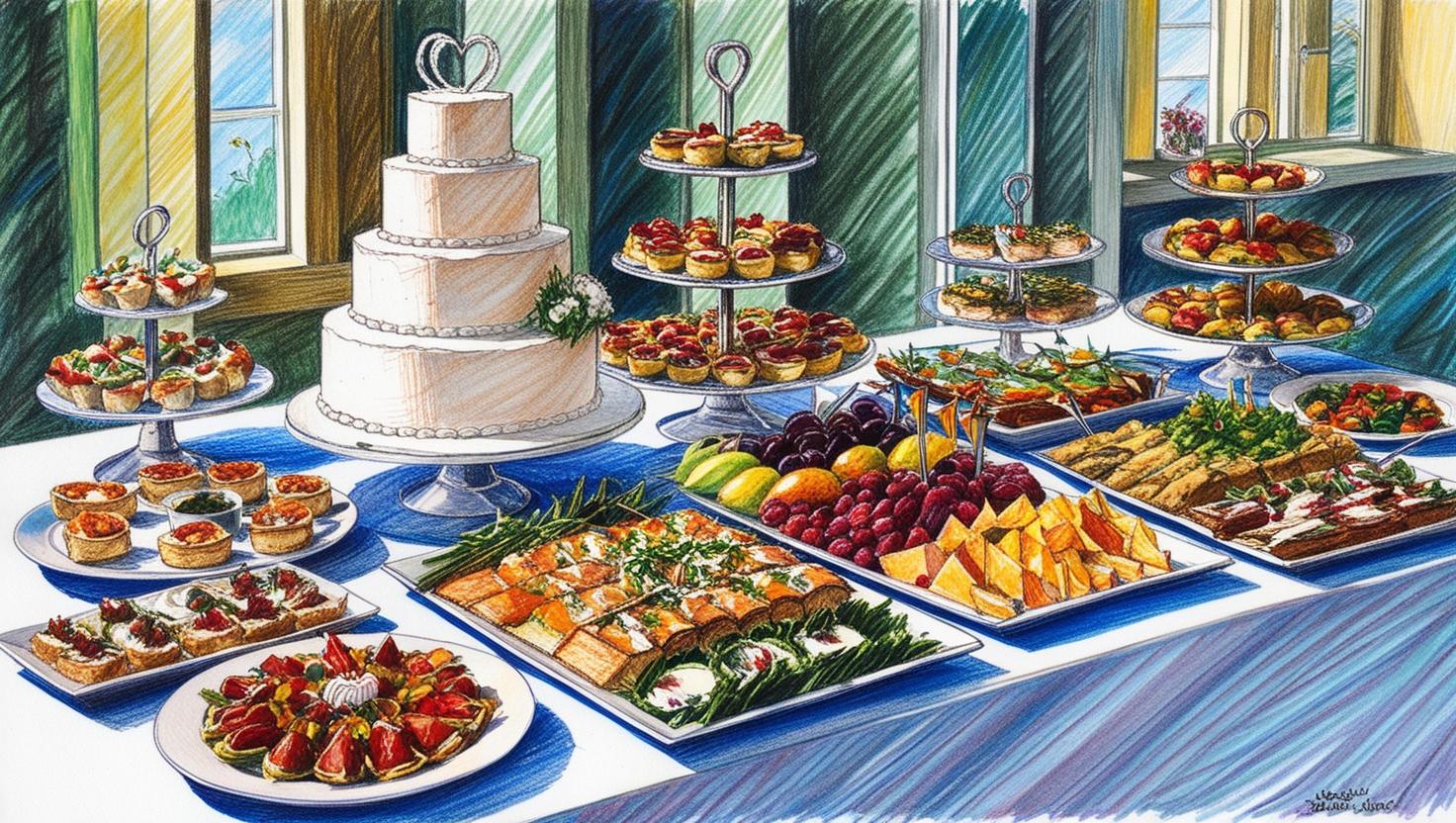
Priya’s cousin’s wedding included dishes from all over India: biryani, dosa, butter chicken, gulab jamun. They all enjoyed trying the various flavors.
Family Trips to Different States:
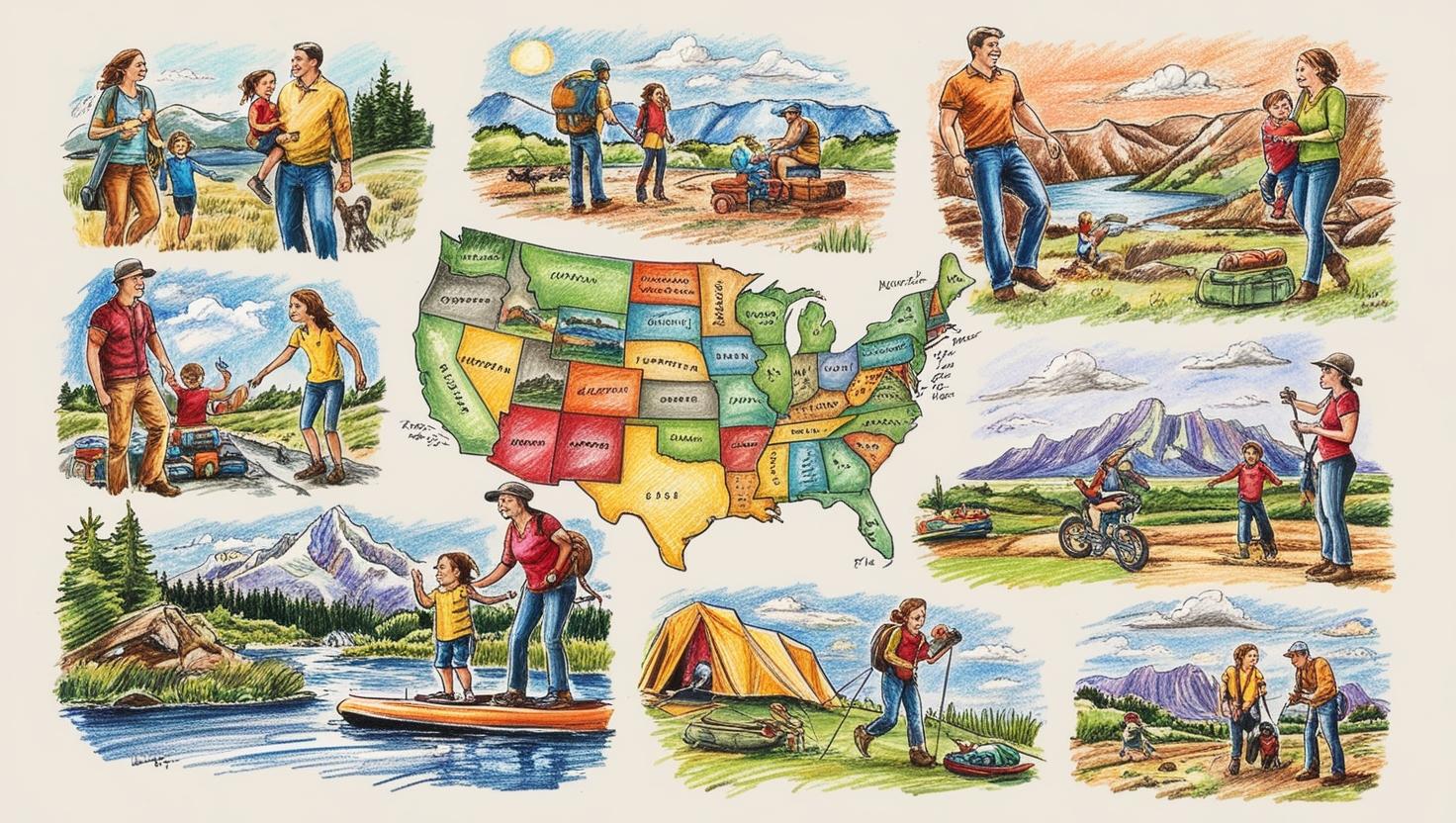
Rahul’s family traveled to Kerala, where they cruised on houseboats and dined on banana leaves like the locals. Then When in Rajasthan, they toured forts & dined on dal baati churma.
Learning New Words:
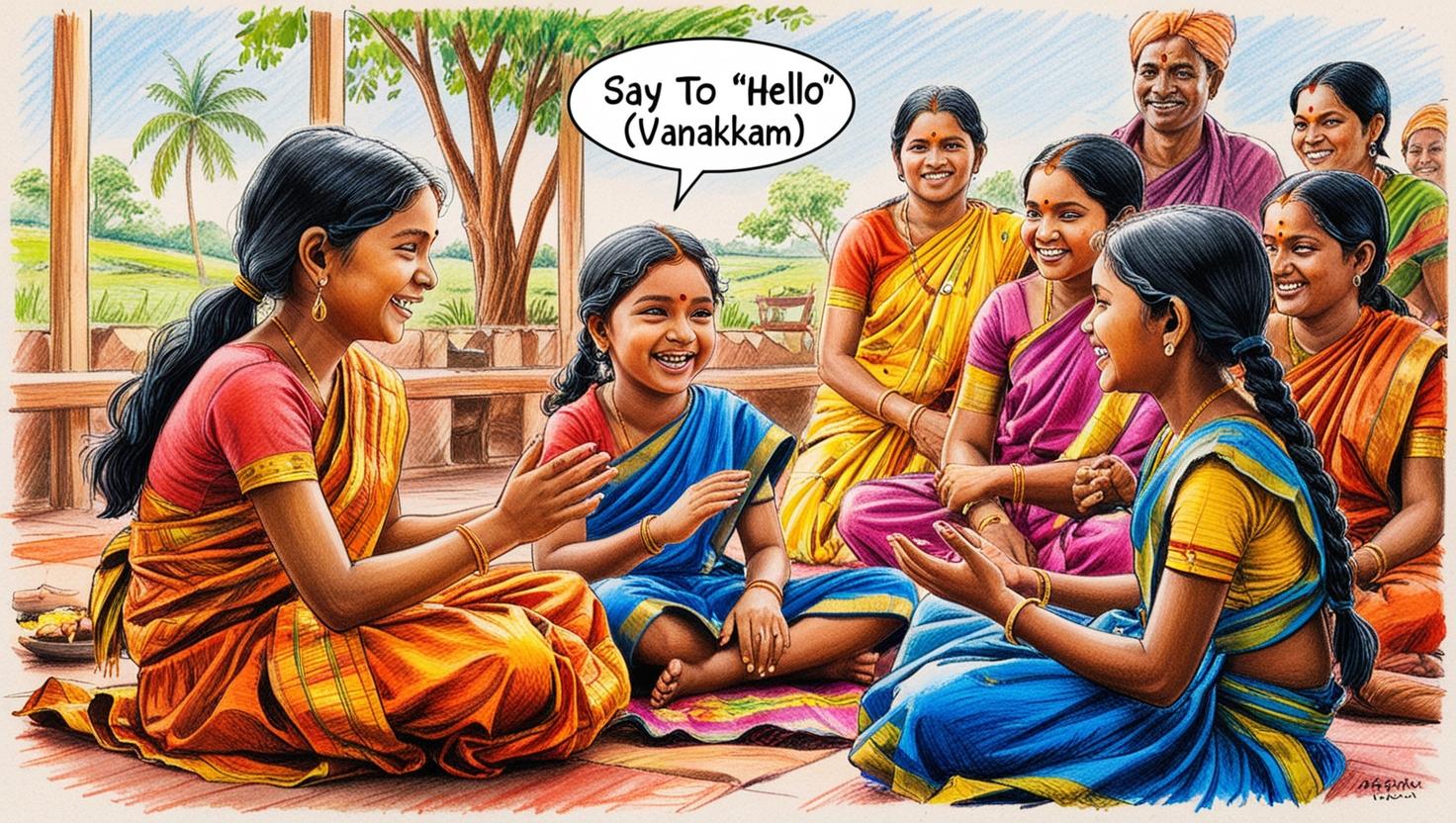
Aditi went to see her grandparents in Tamil Nadu, where she learned how to say “hello” in Tamil (“Vanakkam”) and attempted to talk to her neighbors in their native tongue.
Fun Facts About India’s Diversity
- India is seventh-largest country in the world, and has all types of landforms like mountains, rivers, deserts & plains.
- In New Delhi, the Lotus Temple welcomes people of all faiths to pray.
- India has one of the largest railway networks in the world & serves people in every corner of the country.
- Even from space, one can see the number of devotees attending the Kumbh Mela, a religious pilgrimage in India.
- One of the most visited monuments in the world, the Taj Mahal is an epitome of the Mughal culture, a mausoleum built by all means of a heartbroken man.
Why is Diversity Important?
-
Learning New Things: With diversity, we get to learn about various languages, food & traditions.
-
Unity in Diversity: With so much difference still Indians live together with respect & harmony.
-
Rich Culture: Various castes make the Indian culture lively & colorful.
-
Global Recognition: India’s diversity is admired all over the world, making it a unique country.
-
Respect for Others: It teaches us to value & respect people from different backgrounds.
Activities
Make a Diversity Collage:
Gather images of food, festivities, clothing, & dances from various states in India to put together a colourful collage.
Learn a New Dance Move:
It can be as simple as a step from a classic Indian dance like Garba or Bhangra.
Say Hello in Different Languages:
Try saying “hello” in Hindi, Tamil, Punjabi, Bengali & Kannada.
Diversity in Food:
Cook a dish from a different state with your family — dosa, biryani or dhokla — & learn its origin.
Festival Craft:
Create a decoration for an Indian festival (like a rangoli, diya, or flower garland)
Conclusion
It is this diversity that is India’s strength. And people of different backgrounds, different languages, different foods, different festivals, all live in peace. This shows us the importance of togetherness, respect & learning from each other.
Diversity brings color & liveliness to India, just like a rainbow has so many bright colors. Let’s rejoice in our differences and continue to make Indian a united & proud nation!
FAQs
Q: What are some of the natural diversities found in India?
A: Varied landscapes like mountains, deserts, forests, rivers, and coastlines form India's natural diversity.
Q: What is Indian thinking on diversity?
A: India, therefore, celebrates and respects various cultures, religions, and languages under the concept of unity in diversity.
Q: Who defined the diversity of India?
A: The diversity of India has been defined by scholar Jawaharlal Nehru in his book The Discovery of India.
Q: What is the idea of Indian culture?
A: The Indian culture is a blend of traditions, values, festivals, languages, and art forms handed down from generation to generation.
CBSE Schools In Popular Cities
- CBSE Schools in Bangalore
- CBSE Schools in Mumbai
- CBSE Schools in Pune
- CBSE Schools in Hyderabad
- CBSE Schools in Chennai
- CBSE Schools in Gurgaon
- CBSE Schools in Kolkata
- CBSE Schools in Indore
- CBSE Schools in Sonipat
- CBSE Schools in Delhi
- CBSE Schools in Rohtak
- CBSE Schools in Bhopal
- CBSE Schools in Aurangabad
- CBSE Schools in Jabalpur
- CBSE Schools in Jaipur
- CBSE Schools in Jodhpur
- CBSE Schools in Nagpur
- CBSE Schools in Ahmednagar
- CBSE School In Tumkur











